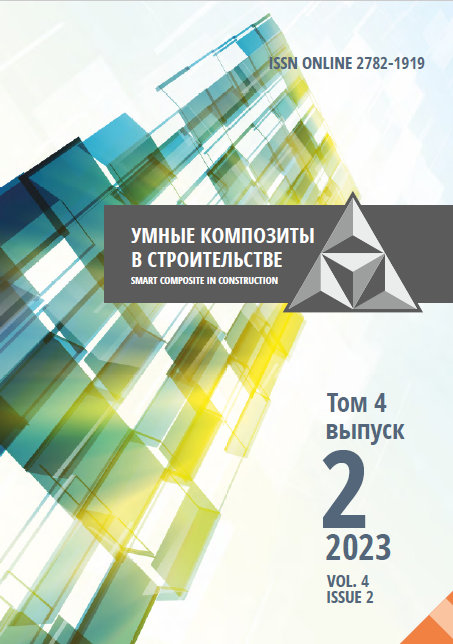Yaroslavl, Yaroslavl, Russian Federation
The article points out the lack of radically effective worldwide methods of anti-biocorrosion protection. The author considers the role of microorganisms on concrete corrosion, describes the mechanisms of biological effect and biofilm formation on concrete surface. The article focuses on the determination of causes and peculiarities of cement concrete biocorrosion in conditions of high humidity. According to the author, biocorrosive impact reduces strength characteristics of concrete and causes its fast destruction. The author has revealed changes in structural-phase composition of concrete during surface biofouling. Although there are available methods to increase the bio-resistance of cement-based concretes, it is problematic to guarantee their preservation because bio-destructors have the ability to adapt to the work environment. The paper attempts to assess and predict the resistance of a building material in a biologically aggressive environment properly
concrete, biofilm, biodegradation, corrosion, durability
1. Makarov, Yu.I. & Abu-Hasan, M.S. (2023). Biological Corrosion of Concretes, BST: Byulleten' stroitel'noj tekhniki, 2(1062), pp. 19-21 (in Russian).
2. Bryukhanov, A.L., Vlasov, D.Y., Mayorova, M.A. & Tsarovtseva, I.M. (2020) The role of microorganisms in destruction of concrete and reinforced concrete structures, Gidrotekhnicheskoe stroitel'stvo, 7, pp. 7-13 (in Russian).
3. Denisova, U.V. (2015) On the use of fungicide additives to control biocorrosion of composite compounds, Vestnik nauki i obrazovaniya Severo-Zapada Rossii, 1(1), pp. 81-87 (in Russian).
4. Baimatov, R.A., Nuruzova, Z.A. & Ergasheva, Z.N. (2019) Biofilm as a form of microorganism existence, Re-health journal, 3, pp. 58-68.
5. Loginova, S.A. (2022) Study of Biostability of Concretes, Smart Composite in Construction, 3(2), pp. 45-53. DOI:https://doi.org/10.52957/27821919_2022_2_45. Available at: http://comincon.ru/index.php/tor/issue/view/v3n2_2022 (accessed 10.04.2023).
6. Tsvetkova, A.V., Fahretdinova, V.R., Markusheva, T.V. & Mavzyutov, A.R. (2017) Biofilm: a method for comparative assessment of bacterial growth intensity, Izvestiya Ufimskogo nauchnogo centra RAN, 3-1, pp. 209-213 (in Russian).
7. Loginova, S.A. (2022) Peculiarities of predicting the degradation of concrete structures in biologically aggressive environments, Prirodnye i tekhnogennye riski. Bezopasnost' sooruzhenij, 1(56), pp. 40-44 (in Russian).
8. Erofeev, V.T., Fedortsov, A.P., Bogatov, A.D. & Fedortsov, V.A. (2014) Biocorrosion of cement concrete, features of its development, assessment and prediction, Fundamental'nye issledovaniya, 12, pp. 708-716 (in Russian).
9. Erofeev, V.T., Rodin, A.I., Dergunova, A.V., Surayeva, E.N., Smirnov, V.F., Bogatov, A.D., Kaznacheev, S.V. & Karpushin, S.N. (2016) Biological and climatic durability of cement composites, Academia. Arhitektura i stroitel'stvo, 3, pp. 119-126 (in Russian).
10. Erofeev, V.T., Smirnov, V.F., Zavalishin, E.V., Morozov. E.A. & Smirnova, O.N. (2008) Increase of resistance of buildings and constructions to biologically aggressive media, Vestnik Mordovskogo universiteta, 18(4), pp. 150-158 (in Russian).
11. Chai, W., Li, W. & Ba, H. (2011) Experimental study on predicting service life of concrete in the marine environment, Open Civil Eng. J., 5, pp. 93-99. DOIhttps://doi.org/10.2174/1874149501105010093.







